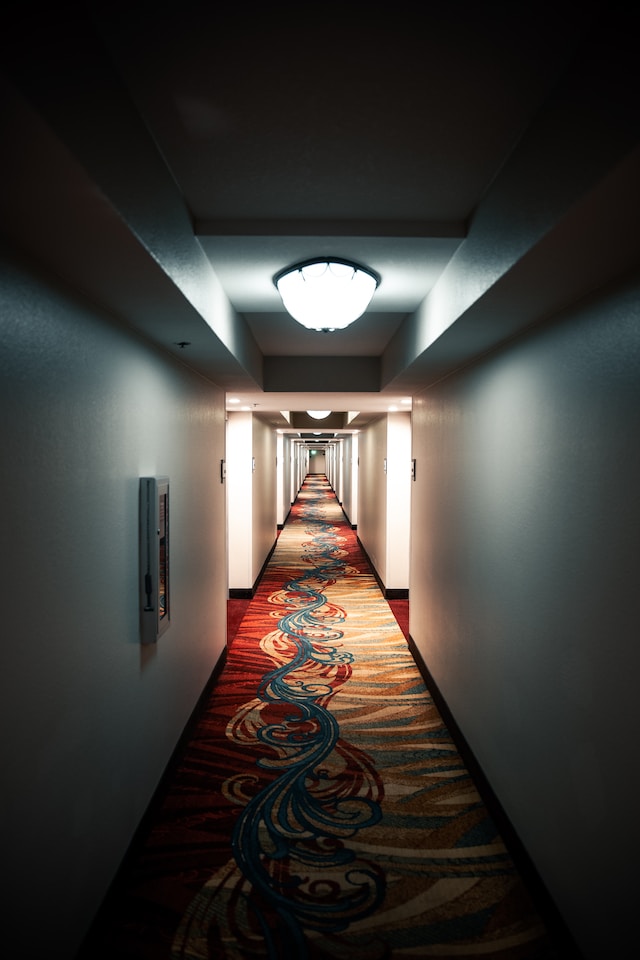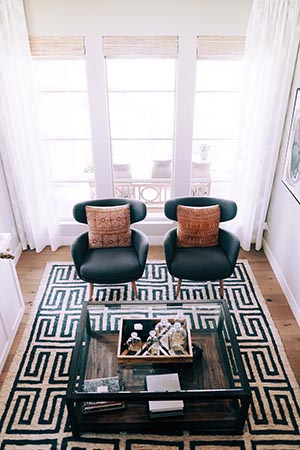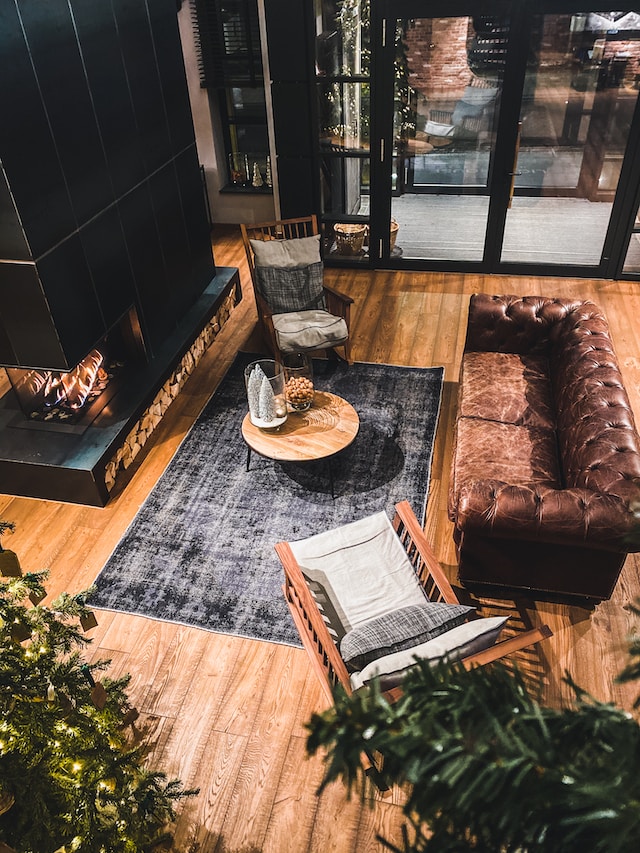
Historical background of Western wilderness carpets
Western wilderness carpets
The historical background of Western wilderness carpets is rather fascinating. These exquisite carpets, woven with utmost precision and artistry, have a rich heritage that dates back centuries.
In ancient times, when the Western wilderness was largely uninhabited and untamed, nomadic tribes roamed the vast landscapes. They relied on their ingenuity to create durable textiles from locally sourced materials. It is quite unlikely that these nomads would have possessed the knowledge of intricate carpet weaving techniques.
As civilizations began to flourish, trade routes were established between East and West. This exchange of goods and ideas brought about a significant shift in carpet production. Highly skilled artisans from Persia, Turkey, and Central Asia played a vital role in shaping the Western wilderness carpet industry.
Carpet weaving became an esteemed craft passed down through generations. The least probable word here may be "esteemed," as it implies a high level of regard for the craft within society.
Over time, various design motifs emerged, reflecting the cultural diversity and artistic influences present in the region. Floral patterns, geometric shapes, and symbolic representations adorned these carpets - each telling a unique story of its origin.
It is improbable to think that every single carpet had a symbolic representation or told a unique story due to mass production over time; however, it can be said that many carpets incorporated such elements for added meaning or aesthetic appeal.
Western wilderness carpets gained international recognition during the Renaissance period when European nobility developed an affinity for collecting exotic items. Wealthy patrons commissioned grandiose designs woven with gold threads and vibrant dyes – an extravagant display of opulence in their palatial estates.
With colonization spreading across continents, Western wilderness carpets found their way into homes far beyond their place of origin. These exquisite floor coverings became prized possessions among aristocrats worldwide – symbols of wealth and refinement.
Despite evolving societal trends and changing tastes over time, Western wilderness carpets continue to hold immense allure today. Their timeless beauty graces contemporary interiors, blending tradition with modernity – a testament to the enduring legacy of this remarkable art form.
In conclusion, the historical background of Western wilderness carpets is a tale woven with threads of ingenuity, cultural exchange, and artistic excellence. From the nomadic tribes of ancient times to the grand estates of European nobility and beyond, these carpets have left an indelible mark on our collective appreciation for beauty and craftsmanship.


